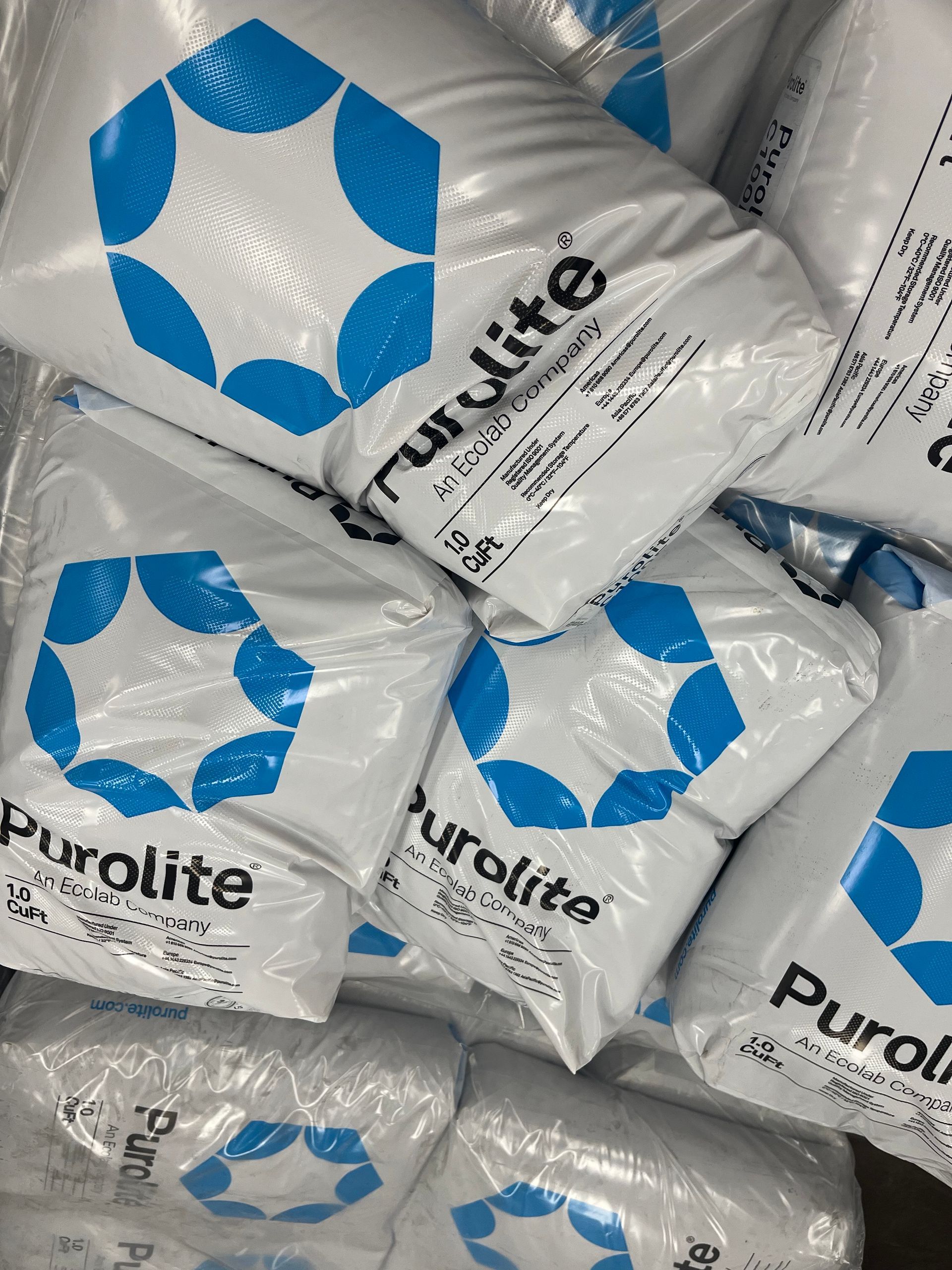Earlier this year one of our closest suppliers, the All-Flo Pumps product line, published an article pertaining to some emergency work we had done on a Freeport location regarding safety showers and eye wash stations.
You can read the article and how we saved their worksite from further hazardous work conditions below:
SCI Solves Two Emergency Shower/Eye Wash Problems
Sparkling Clear Industries (SCI), a leading industrial supplier on the Gulf Coast, recently completed two safety shower projects. In the first project, SCI was approached by a chemical plant to construct and fabricate a portable safety shower system to be used at their Freeport site. The safety shower/eye wash system is to be used in case of a safety incident in a remote area: where neither potable water, safety showers, nor eye wash stations are available. The safety shower systems must be portable, so SCI built the self-contained systems on a 14 foot long flat bed trailer. The trailer mounted system featured the following:
- Power Supply: 9 HP, 4500 Watt, Gas powered Generator with GFCI
- Water Storage: 500 Gallon polyethylene storage tank, NSF 61 Certified for potable use
- Supply Pump: ¾ HP water pump, horizontal multi-stage, TEFC Motor for continuous duty
- On/Off Controls: Magnetic Starter for pump with NEMA enclosure, and Hand- Off-Auto Control
- Customer Approved Safety Shower/ Eye Wash Combination
- Environmental Spill Kit and fire extinguisher
SCI constructed the safety shower systems in house and invited plant personnel to SCI’s facility to test the systems and familiarize them with the operation of the portable safety showers
systems.
For the second project, SCI provided another plant a system that addressed existing safety showers at their facility. The customer required SCI to provide a water booster pump system designed to accommodate enough water pressure and flow rate for (3) safety showers, all from a common water line. The problem was that the existing water line did not supply enough pressure for all (3) safety showers to run at once. SCI provided a skid mounted booster pump system that would flow a minimum of 40 Gallons per minute @ 50 psi. This skid Mounted system included the following:
- Booster Pump, Vertical Multi Stage, 304 Stainless Steel
- Motor Starter, NEMA 4X Stainless Steel Enclosure with H-O-A Control
- Pressure Switch
- Pressure Snubber
- Check Valve
- Pressure Gauge
- Pressure Relief Valve
- ProSource Bladder Tank
- Carbon Steel Skid
SCI constructed the safety shower systems in house and the projects were delivered on time and in budget.
Let us solve all of your emergency safety shower needs:
At Sparkling Clear Industries, we work by the motto of “we’ve got you covered” when it comes to our rental programs, so whether it’s emergency safety showers, eye wash stations, or anything related to the air and water filtration industry, email us here or call us at (713) 956-8900 and we’ll get you covered.
The post Emergency Safety Shower and Eye Wash appeared first on Sparkling Clear.
Share this Post!





